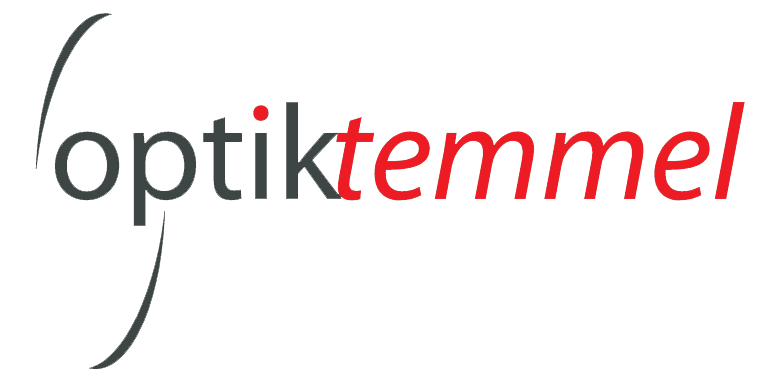Within control flow, you can divide into other conditions: if, else, when/case and and/or. Fields marked with “ Exported only ” tag cannot be imported/set in Shopify and but can be exported with Excelify export. If you tag all your products with a seasonal tag, such as summer or fall, then all your seasonal attire can automatically be included in the matching collection. Enter the name of the tag in the Shopify search bar. Today we're going to learn: How to create a private collection for tagged customers. Returns true if a product is available for purchase. To manually create a simple dependency in a Shopify store, you need to enter a custom code inside of the html tag
document.cookie = "wp-settings-time=blablabla; expires=Thu, 01 Jan 2021 00:00:00 UTC; path=/;";

Add Comment